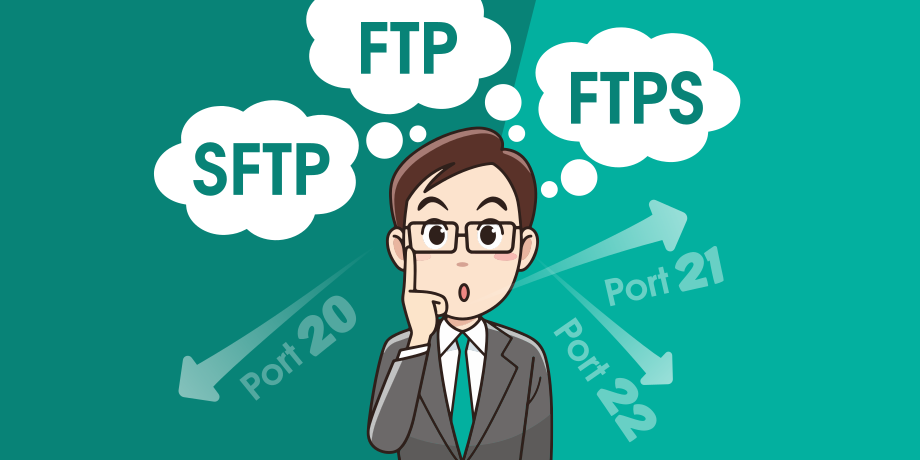
Two widely used protocols for this purpose are FTP (File Transfer Protocol) and SFTP (Secure File Transfer Protocol). In this article, we delve into the usage of FTP and SFTP, comparing their functionalities, security features, and practical applications to help users make informed decisions based on their specific data transfer requirements.
FTP: An Overview of Usage
FTP, as one of the oldest file transfer protocols, has seen extensive usage over the years. It operates on a client-server architecture, where the client initiates a connection to the server to transfer files. FTP is commonly used for various purposes, including:
Website Management: FTP is often used to upload and download files to and from web servers, making it an essential tool for website management and content updates.
File Sharing: FTP facilitates easy file sharing between users on a network, enabling seamless collaboration and access to shared resources.
Software Distribution: Software developers and vendors frequently utilize FTP to distribute software updates and patches to end-users.
Backup and Archiving: FTP is utilized for backing up and archiving files, providing a reliable method to store and retrieve important data.
While FTP serves as a versatile file transfer solution, it has inherent security vulnerabilities since it transfers data in plain text, making it susceptible to interception and unauthorized access.
SFTP: Understanding its Usage and Advantages
SFTP, an extension of SSH (Secure Shell), offers a secure and reliable alternative to FTP. It encrypts data during transmission, providing a higher level of security. SFTP is increasingly gaining popularity due to the following advantages:
Secure Data Transmission: SFTP's use of SSH encryption ensures that all data, including files and credentials, is protected from potential threats during transfer.
Authentication Options: SFTP supports various authentication methods, including password-based authentication and public-key cryptography, providing flexibility and enhancing security.
Compliance and Data Protection: Organizations dealing with sensitive or confidential data often opt for SFTP due to its compliance with data protection regulations and enhanced security features.
Practical Applications of SFTP
SFTP finds extensive usage in scenarios where data security is paramount. Some common practical applications include:
Secure Data Transfer: SFTP is widely used in industries like finance, healthcare, and government, where sensitive information is transmitted securely.
Remote Server Access: System administrators use SFTP to access and manage remote servers securely, executing administrative tasks and file transfers.
Data Backup and Recovery: SFTP serves as a secure method for backing up critical data, ensuring data integrity and enabling efficient recovery in case of data loss.
Conclusion
In conclusion, both ftp para mac and SFTP offer distinct advantages and applications in the domain of data transfer. FTP's ease of use makes it suitable for non-sensitive file transfers and website management. However, for secure and confidential data exchange, SFTP emerges as the preferred choice due to its robust encryption and authentication options. By understanding the functionalities and security features of both protocols, users can select the appropriate solution to fulfill their specific data transfer needs effectively and securely.
















